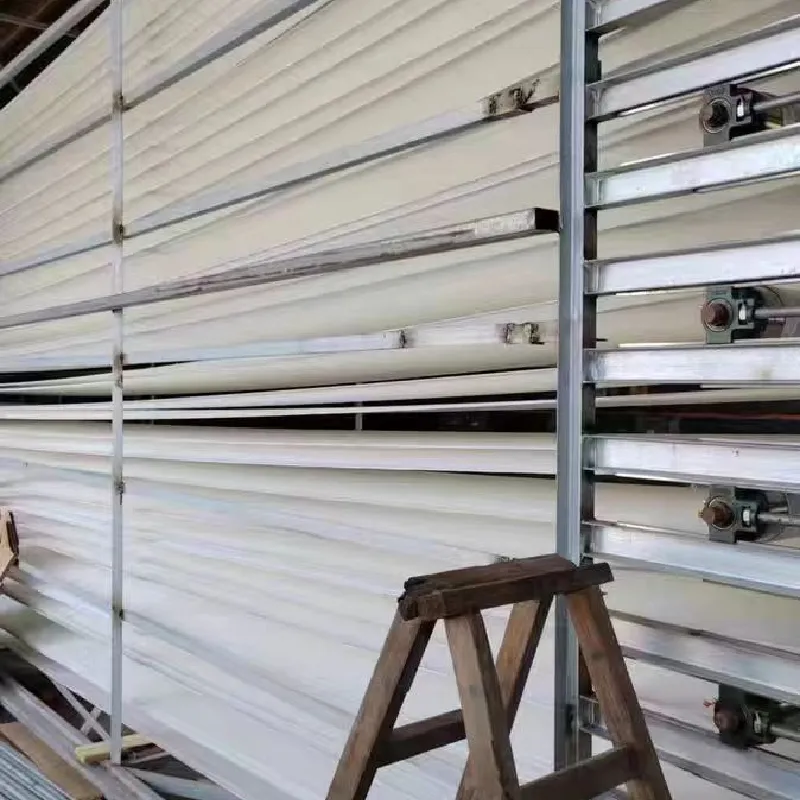-
 Afrikaans
Afrikaans -
 Albanian
Albanian -
 Amharic
Amharic -
 Arabic
Arabic -
 Armenian
Armenian -
 Azerbaijani
Azerbaijani -
 Basque
Basque -
 Belarusian
Belarusian -
 Bengali
Bengali -
 Bosnian
Bosnian -
 Bulgarian
Bulgarian -
 Catalan
Catalan -
 Cebuano
Cebuano -
 China
China -
 Corsican
Corsican -
 Croatian
Croatian -
 Czech
Czech -
 Danish
Danish -
 Dutch
Dutch -
 English
English -
 Esperanto
Esperanto -
 Estonian
Estonian -
 Finnish
Finnish -
 French
French -
 Frisian
Frisian -
 Galician
Galician -
 Georgian
Georgian -
 German
German -
 Greek
Greek -
 Gujarati
Gujarati -
 Haitian Creole
Haitian Creole -
 hausa
hausa -
 hawaiian
hawaiian -
 Hebrew
Hebrew -
 Hindi
Hindi -
 Miao
Miao -
 Hungarian
Hungarian -
 Icelandic
Icelandic -
 igbo
igbo -
 Indonesian
Indonesian -
 irish
irish -
 Italian
Italian -
 Japanese
Japanese -
 Javanese
Javanese -
 Kannada
Kannada -
 kazakh
kazakh -
 Khmer
Khmer -
 Rwandese
Rwandese -
 Korean
Korean -
 Kurdish
Kurdish -
 Kyrgyz
Kyrgyz -
 Lao
Lao -
 Latin
Latin -
 Latvian
Latvian -
 Lithuanian
Lithuanian -
 Luxembourgish
Luxembourgish -
 Macedonian
Macedonian -
 Malgashi
Malgashi -
 Malay
Malay -
 Malayalam
Malayalam -
 Maltese
Maltese -
 Maori
Maori -
 Marathi
Marathi -
 Mongolian
Mongolian -
 Myanmar
Myanmar -
 Nepali
Nepali -
 Norwegian
Norwegian -
 Norwegian
Norwegian -
 Occitan
Occitan -
 Pashto
Pashto -
 Persian
Persian -
 Polish
Polish -
 Portuguese
Portuguese -
 Punjabi
Punjabi -
 Romanian
Romanian -
 Russian
Russian -
 Samoan
Samoan -
 Scottish Gaelic
Scottish Gaelic -
 Serbian
Serbian -
 Sesotho
Sesotho -
 Shona
Shona -
 Sindhi
Sindhi -
 Sinhala
Sinhala -
 Slovak
Slovak -
 Slovenian
Slovenian -
 Somali
Somali -
 Spanish
Spanish -
 Sundanese
Sundanese -
 Swahili
Swahili -
 Swedish
Swedish -
 Tagalog
Tagalog -
 Tajik
Tajik -
 Tamil
Tamil -
 Tatar
Tatar -
 Telugu
Telugu -
 Thai
Thai -
 Turkish
Turkish -
 Turkmen
Turkmen -
 Ukrainian
Ukrainian -
 Urdu
Urdu -
 Uighur
Uighur -
 Uzbek
Uzbek -
 Vietnamese
Vietnamese -
 Welsh
Welsh -
 Bantu
Bantu -
 Yiddish
Yiddish -
 Yoruba
Yoruba -
 Zulu
Zulu
Effective Strategies for Choosing and Installing Livestock Fencing Using Wire Solutions Today
The Importance of Wire Livestock Fencing in Modern Agriculture
Wire livestock fencing plays a crucial role in modern agriculture, serving as a primary barrier that protects livestock from predators, keeps them safe from wandering onto roads, and shields crops from being trampled. As agriculture becomes increasingly professionalized and focused on efficiency, the choice of fencing materials and designs has become an important consideration for farmers and ranchers.
One of the most significant advantages of wire livestock fencing is its durability. Unlike traditional wooden fences, which can rot or become damaged due to weather conditions, wire fencing is made from strong, galvanized materials that can withstand harsh environments. This makes it a cost-effective long-term investment. Additionally, wire fencing can be designed to suit various livestock types, from sheep and goats to cattle and horses. The flexibility of wire fencing allows for adjustments in height and spacing to accommodate the unique behaviors and habits of different animals.
Moreover, wire fencing is versatile in its application. It can be used to create paddocks, corrals, or entire enclosures. Farmers can easily section off areas for rotational grazing, allowing pasture recovery and promoting sustainable land use practices. This not only benefits the livestock by providing them with fresh grazing areas but also enhances soil health and reduces the risk of overgrazing.
The installation of wire fencing can also lead to improved herd management. By utilizing fencing systems that allow farmers to designate specific areas for feeding, watering, and shelter, they can effectively monitor their livestock's health and wellbeing. The ability to contain animals within secure boundaries reduces stress for both livestock and farmers, as concerns about lost or injured animals are minimized.
wire livestock fencing

Another noteworthy aspect is the security that wire livestock fencing provides. Predators such as coyotes, dogs, and birds of prey can pose a significant threat to livestock, particularly young animals. A well-constructed wire fence acts as a deterrent, safeguarding livestock from potential attacks. Additionally, it restricts unwanted animals and intruders from accessing fields and barns, thus protecting crops and equipment.
Environmental considerations are also at play when selecting wire fencing. Unlike some alternatives, wire fences are less likely to harm wildlife, as their design can be less obstructive than solid barriers. This is particularly important in areas where wildlife movement must be preserved. Moreover, certain wire fencing options are designed with eco-friendly materials and coatings, further reducing their environmental footprint.
In terms of aesthetics, wire livestock fencing can be less visually intrusive than solid wooden or metal fences. They blend more naturally into the landscape, maintaining the beauty of rural settings while serving their functional purpose. Farmers often prefer designs that complement the natural environment, ensuring that their properties remain welcoming and attractive.
Lastly, the maintenance of wire fences typically requires less effort compared to other types, which can save farmers valuable time. With periodic checks and minor repairs, a wire fence can maintain its integrity and functionality for many years.
In conclusion, wire livestock fencing is an essential tool in modern agriculture, offering durability, versatility, and practicality. By providing a secure and efficient way to manage livestock, it not only enhances farm productivity but also promotes sustainable agricultural practices. As the industry continues to progress, the importance of reliable fencing solutions will only grow, underscoring the need for farmers and ranchers to invest in quality wire fencing systems that meet their unique operational needs.
-
Why Construction Steel Mesh is the Backbone of Modern InfrastructureNewsJun.27,2025
-
The Ultimate Solution for Versatile Industrial and Consumer ApplicationsNewsJun.27,2025
-
Smart Breeding Starts Here: The Ideal Breeder Net for GuppiesNewsJun.27,2025
-
Maximize Your Harvest with Smart NetNewsJun.27,2025
-
High-Performance Steel Mesh Solutions for Modern IndustryNewsJun.27,2025
-
Durable Solutions for Modern Agriculture and LandscapingNewsJun.27,2025











